Mythic Americas is a fantastic opportunity to explore the diverse cultures of the Americas. This article takes a look at the warriors of the Inca Empire, and how they’ll function in Warlords of Erehwon: Mythic Americas.
Developed in partnership between Warlord Games and Mythicos Studios, Mythic Americas takes players on a journey through American folklore, using the incredible Warlords of Erewhon engine to power lightning-fast skirmish games between warbands of the Mythic Americas!
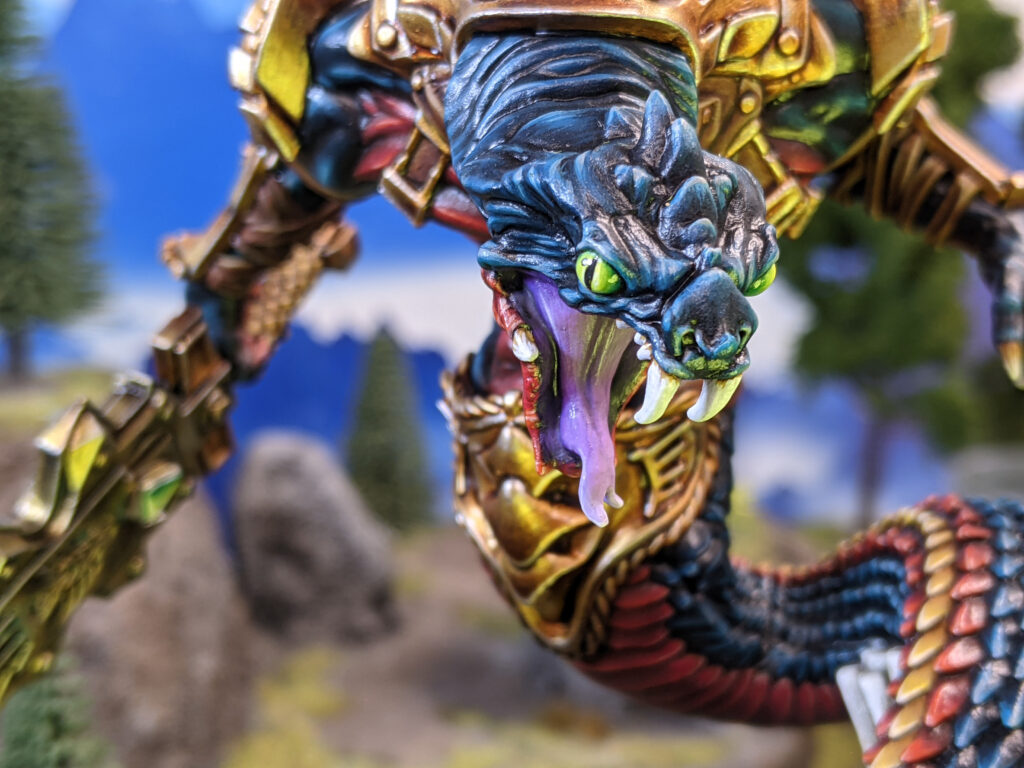
A Brief History of the Incas
The civilization that would come to be known as the Inca Empire emerged in the Andes Mountains in the 12th Century A.D. In a remarkably short time the Inca grew from a group of small tribes into a massive kingdom spanning over 300,000 square miles; ruling over the western regions of South America, spanning from the southern part of modern-day Columbia down through the southernmost reaches of Chile. At its height, the Incan Empire is believed to have encompassed an estimated population of 12 million inhabitants.
Incan society was highly stratified, with four distinct social classes. At the top was the Sapa Inca who was believed to have descended from the Sun god, Inti. The Sapa Inca was the absolute ruler of the Incan people. He was believed to rule by divine right and his power was only limited by the influence of ancient customs and the fear of revolt. The second level of the Inca societal hierarchy were the royal family, including any sons of the Sapa Inca or other close relatives. The third social class consisted of other nobility, including extended relations to the Sapa Inca as well as individuals who had attained distinction in some way. The lowest level of the social hierarchy was the ayllu. The ayllu were made up of commoners living together in communal groups and constituted the vast majority of the empire’s population and labor workforce.
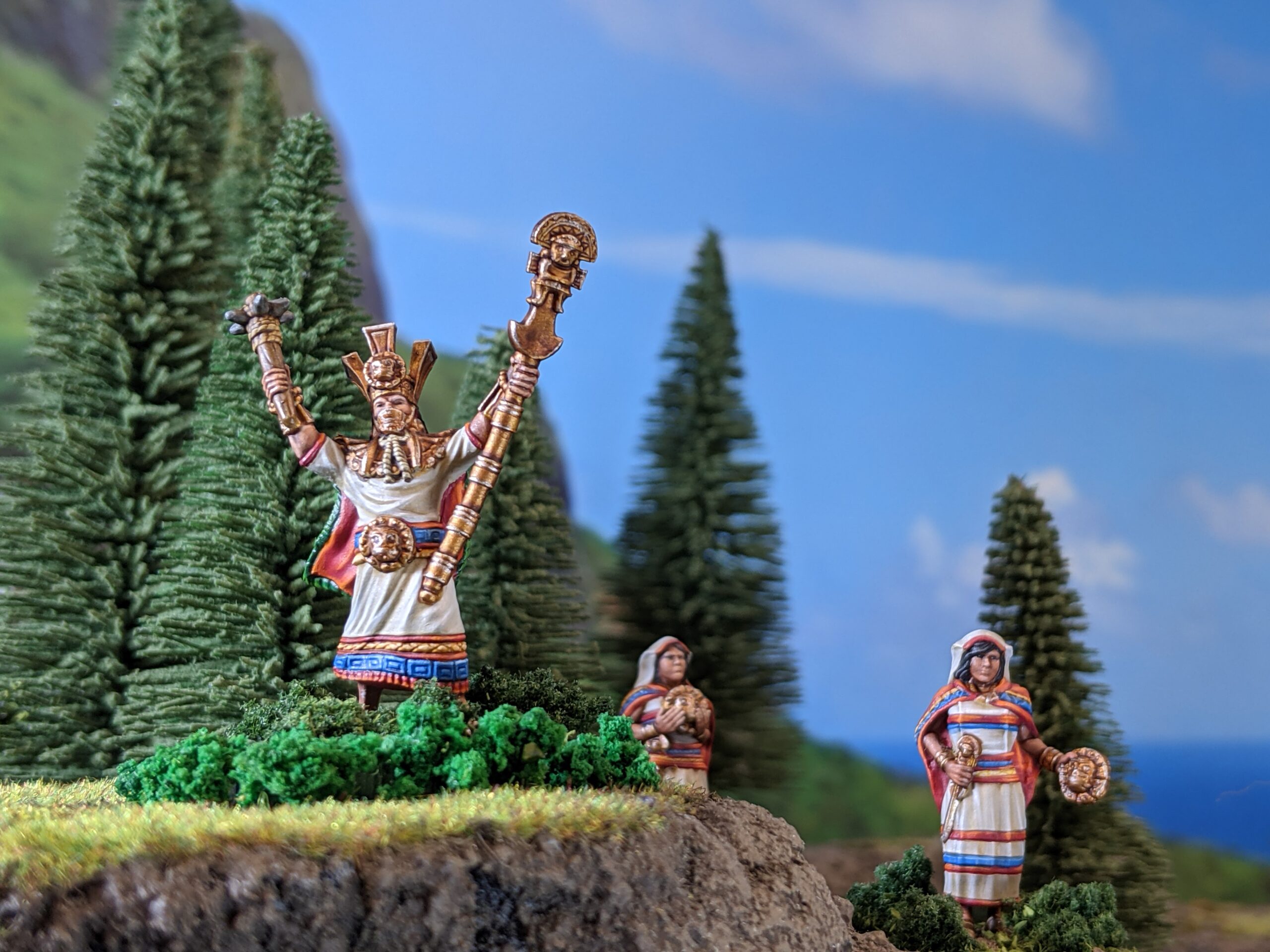
The religious practices of the Inca were extraordinarily rich and emphasized ritual and divination. Divination was so important to the Inca, in fact, that the priesthood likely held great influence over public affairs. The Incan high priest, called the Willaq Umu, was held in such high regard as to be, effectively, the second most powerful individual in the empire. Though the Inca worshiped a pantheon of many gods, the one most revered by the Inca was Inti, the Sun God. The Willaq Umu served as high priest of Inti and his worship was believed to be critical to the production of crops as well as to the welfare of the Sapa Inca. At times the Inca would engage in human sacrifice, often of children, in order to appease their gods and ward off disasters such as drought, volcanic eruption, earthquakes and violent storms.
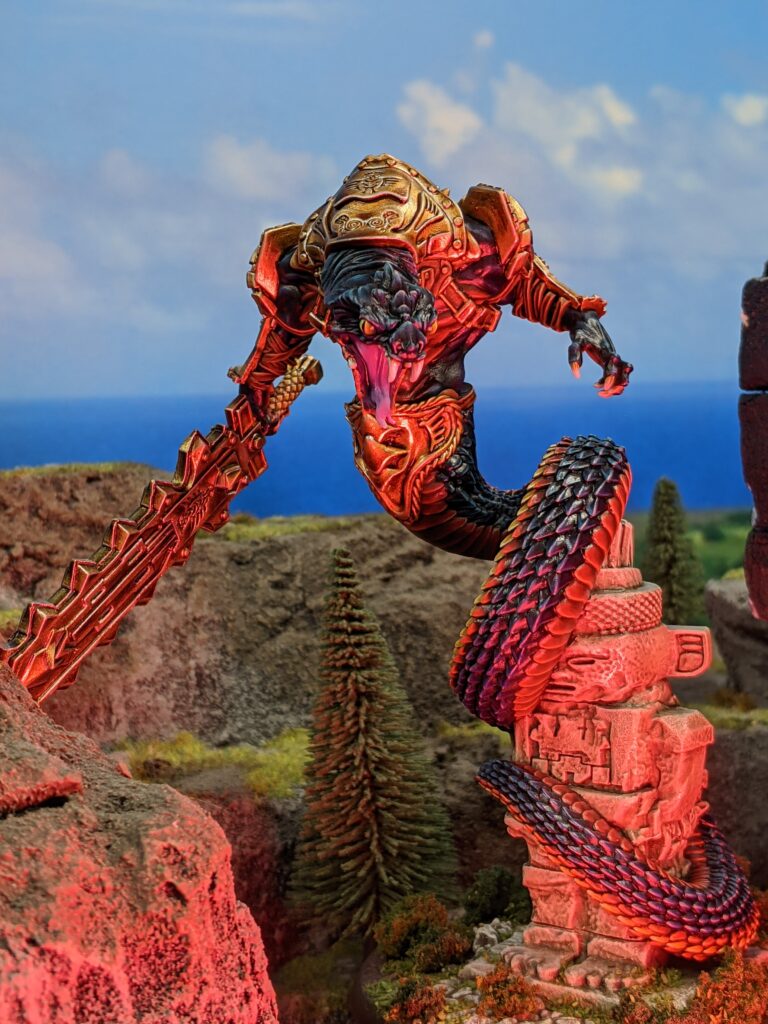
In addition to their many gods, the Inca revered huacas. Huacas were sacred places or objects believed to be inhabited by supernatural beings, or spirits. At times, the most sacred huacas of a conquered tribe was transported to the Incan capital at Cuzco and placed under the care and protection of the priests. Delegations traveling to the capital were permitted to worship at the huacas and understood its safety and wellbeing was contingent upon their continued loyalty.
The Incan empire was defended by a large and powerful, multi-ethnic military force. Warriors were drafted from the ayllu to fulfill required public service. These warriors would serve within a battalion, composed of a single ethnic group, led by their kuraka. The Inca were able to field huge armies of 100,000 men, overwhelming enemies with numerical superiority. Incan warriors fought with a variety of weapons including estólica spear throwers, slings, bolas, bows and arrows, clubs, stone or copper axes and the macana, a type of woodenhandled mace topped with a star-shaped head formed from stone or copper. Not all Incan conquests required the use of military force, however. Oftentimes diplomatic offers of gifts and protection, backed by the threat of overwhelming force, was enough to convince tribal leaders to declare loyalty to the Sapa Inca.
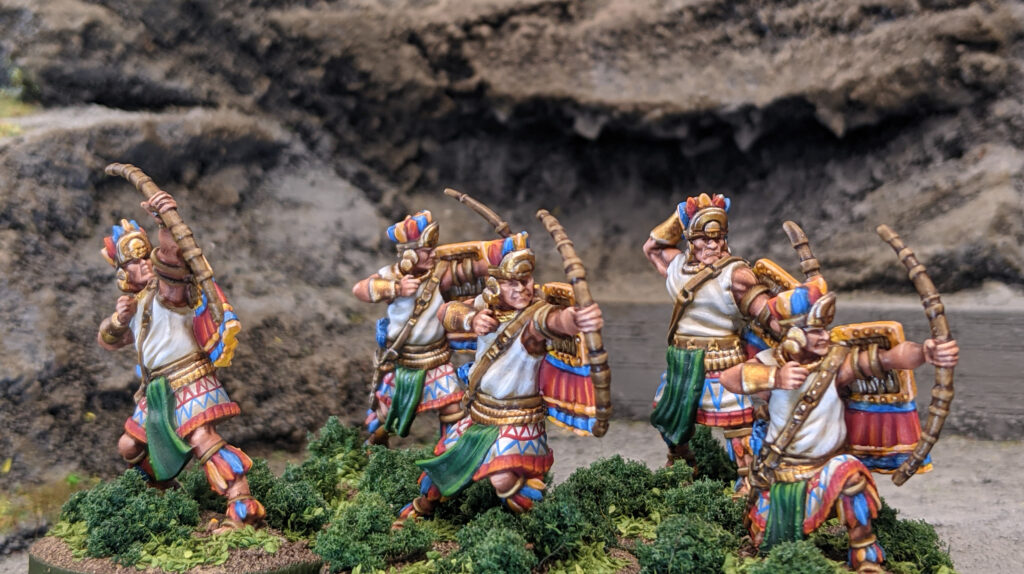
How do they Play?
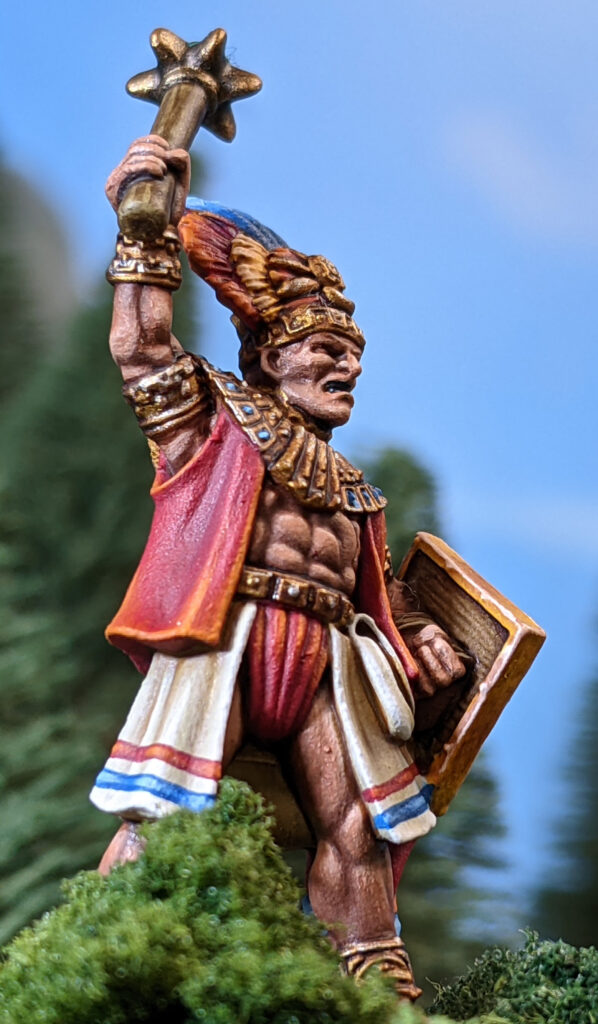
The Inca represent a balanced, elite force that excels in magic and other ranged attacks. The Inca faction has strengths in every facet of the game, allowing a player to build a force that can move quickly across the table, shoot, and fight. Inca magic and its caster priests are some of the most powerful in Mythic Americas. They have access to formidable ranged spells and can fortify their casting by sacrificing models to improve success.
An Inca unit can forgo its speed and agility to create a defensive wall with its shields. In this formation, both ranged and melee attacks from the enemy are less effective. To support their defensive position, the Ayllus warriors can hinder the advancing enemy troops, delaying their movement and providing more time for ranged attacks to take effect.
Should the enemy meet the Inca warband in melee combat, they will discover that the Inca are quite adept at hand-to-hand fighting. The Sapa and his Spirit Jaguars can focus a ferocious amount of attacks on the charge. The slithering Maras has options in melee to strike with incredible force or attack more numerous foes and can still slip away after the combat. Finally, the Condor Riders can harass enemies from the air, dropping deadly rocks on unsuspecting enemy units.
The Inca Warband Starter Army
Providing a solid core of Cuzco spearmen and Antisuyu archers supported up by the swooping Condor Riders and led by a might Sapa Warlord the Inca Warband starter army is the ideal way to field the Children of the Inca in your games set in Warlords of Erehwon: Mythic Americas:
The Sapa is a warlord unit that comes armed and armored for battle, often with a Cuzco Warrior entourage. On foot (the option to mount him on a Spirit Jaguar also exists!), the Sapa is a less expensive leadership option, yet still effective when upgraded. An Inca warband must be led by one (and only one) Sapa Warlord.
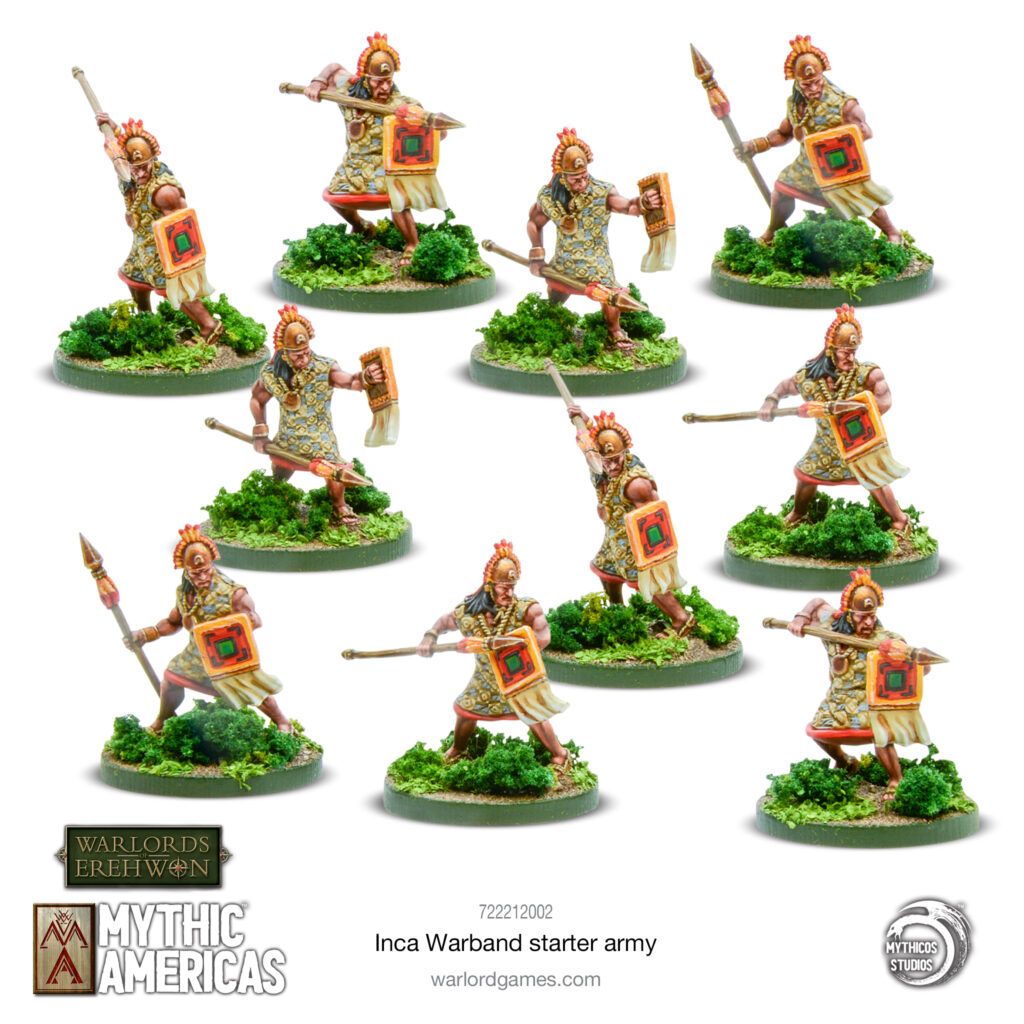
The solid, core troop for the Inca, these warriors are strong and benefit from Shieldwall. Units in Shieldwall formation cannot sprint and suffer -1 Agility and Initiative. Shooting and hand-to-hand attacks on the Shieldwall suffer a -1 penalty to hit.
The core ranged choice for the Incas, the Antisuyu Archers are armed with bows and daggers. Although their stats are average, the Inca archer becomes exceptional when under the influence of various enhancement or activation spells.
Adding to the Army – Magic & Monstrosities
The Inca Oracle serves the people by interpreting the signs, omens, and portents of the gods. In battle, they support the Inca warband with their fell magic, augmenting their power by sacrificing virgins and drawing on their life energy.
The preeminent religious leader of the Inca people, the High Priest leads the ceremonies where virginal victims are sacrificed to appease the gods. Their mighty magics are also brought to bear on the battlefield, bringing destruction to all Inca enemies.
The Maras is a monstrously large and terrifyingly fast snake creature that can join any Inca warband. The Maras is a formidable foe, either smashing an enemy to bloody pulp with the deadly Macuahuitl of the Gods or sweeping aside lesser foes with a flick of its serpentine tail. It is a brave or foolish warrior who challenge the might of the Maras.
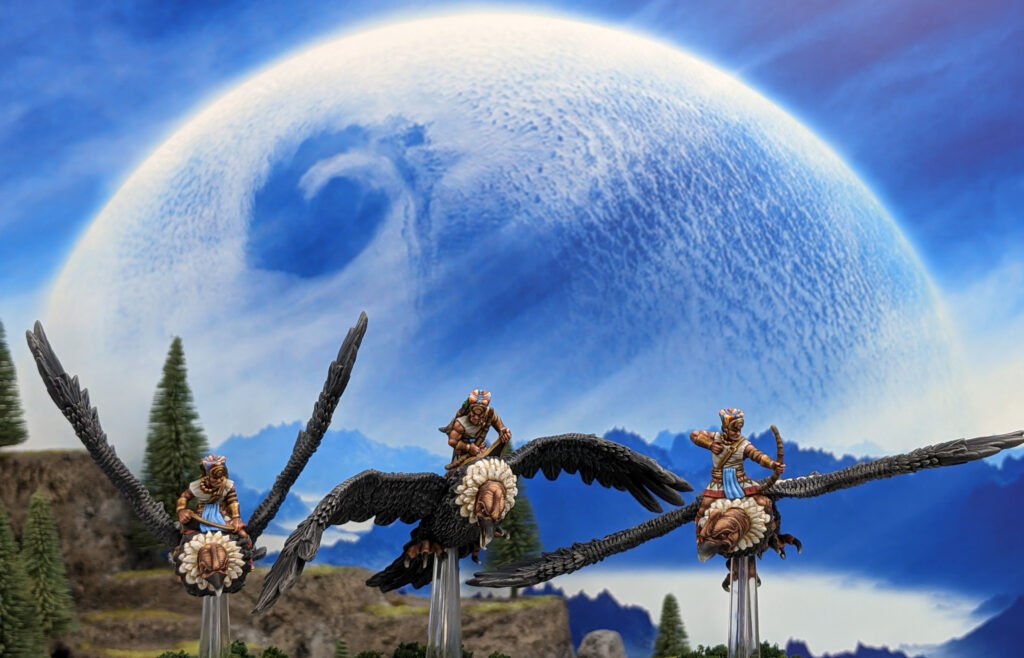
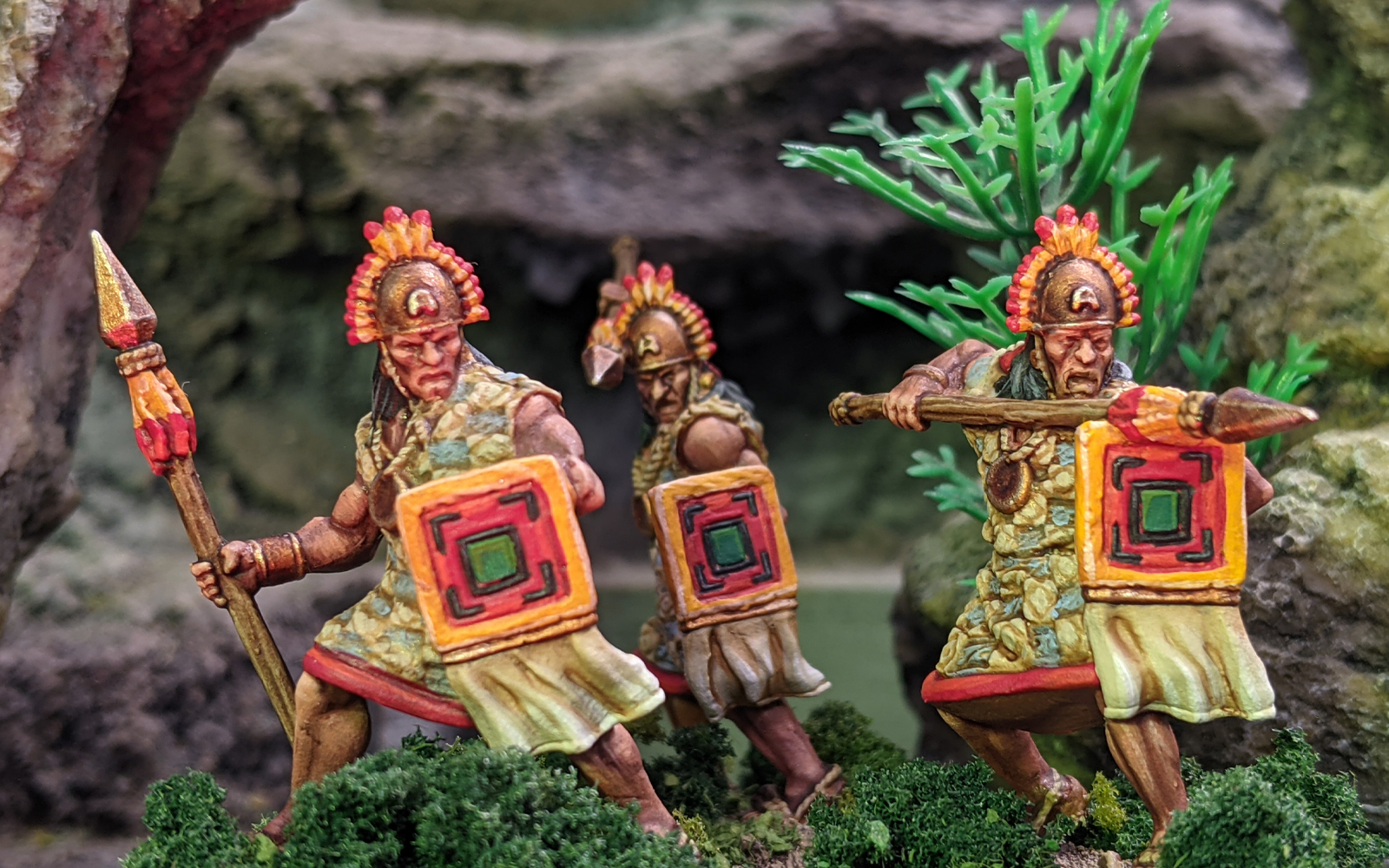
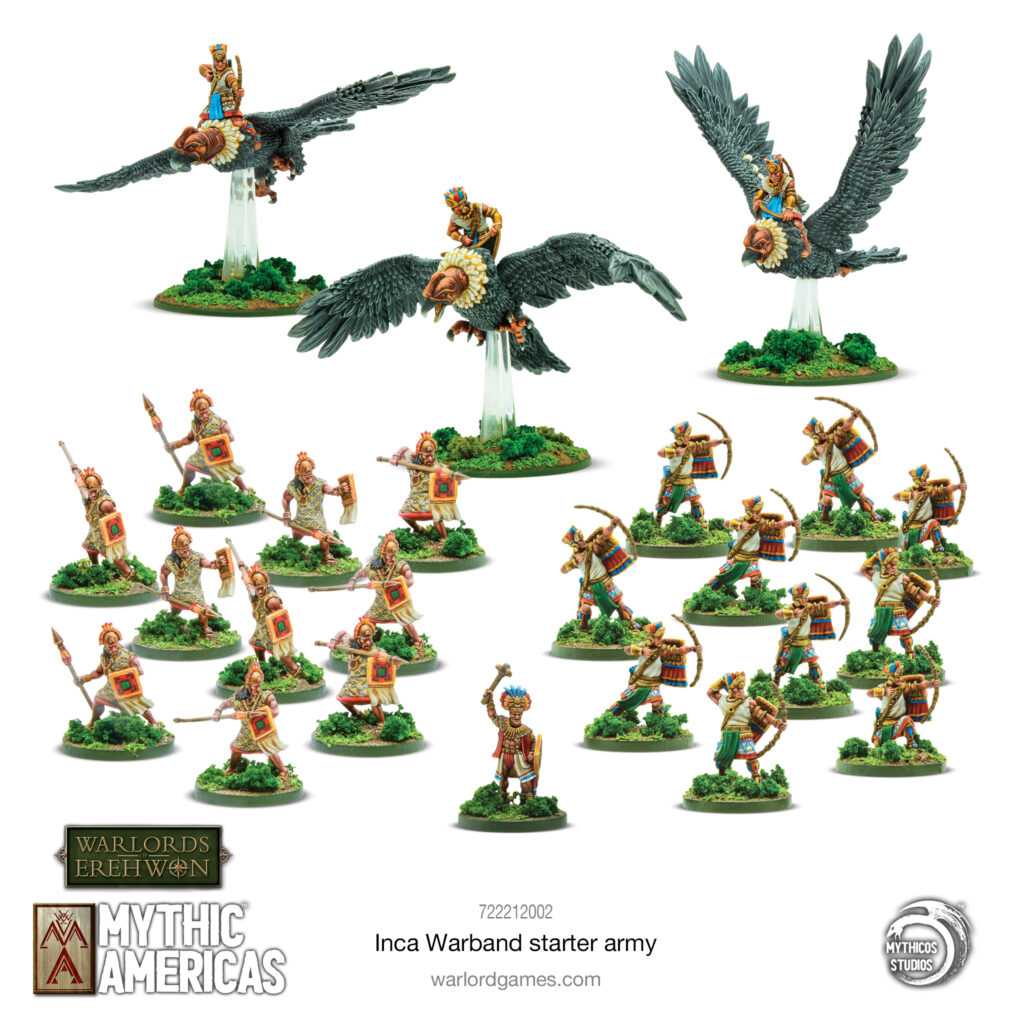
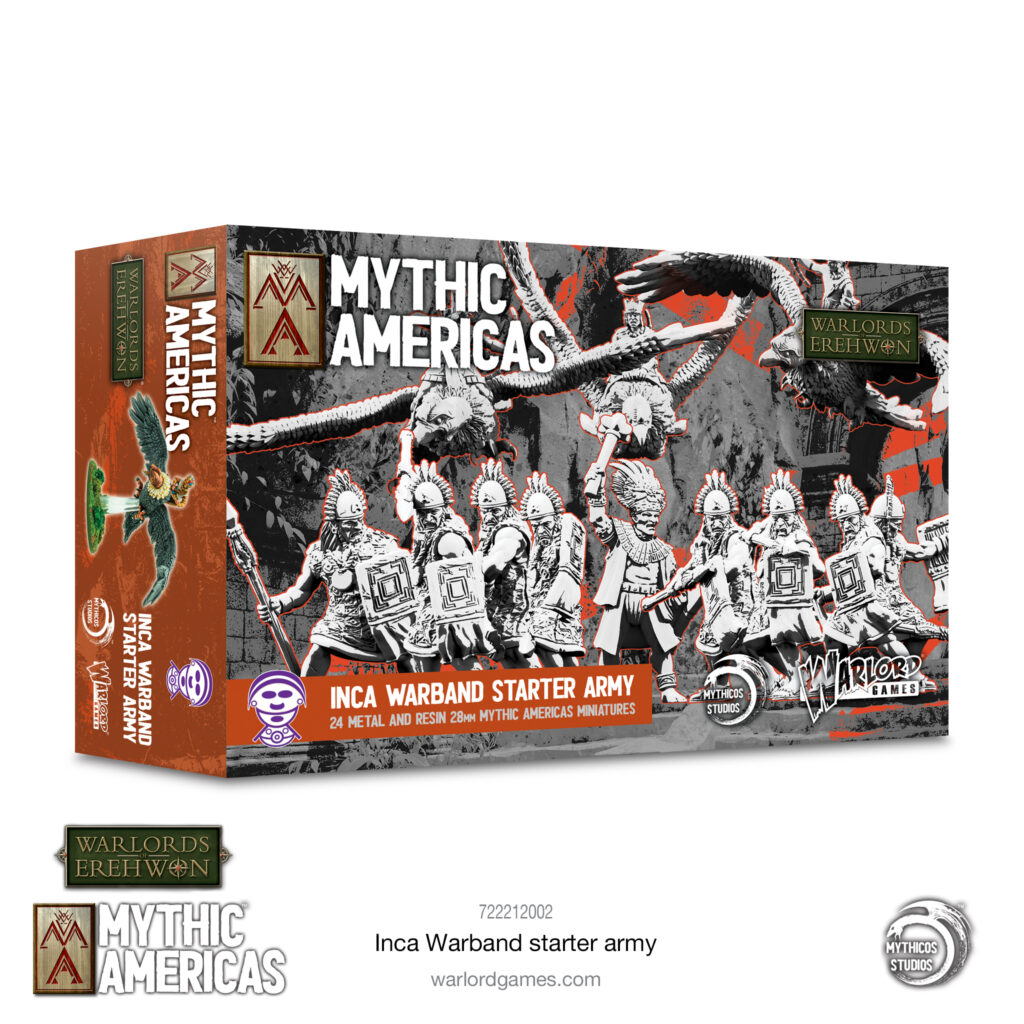
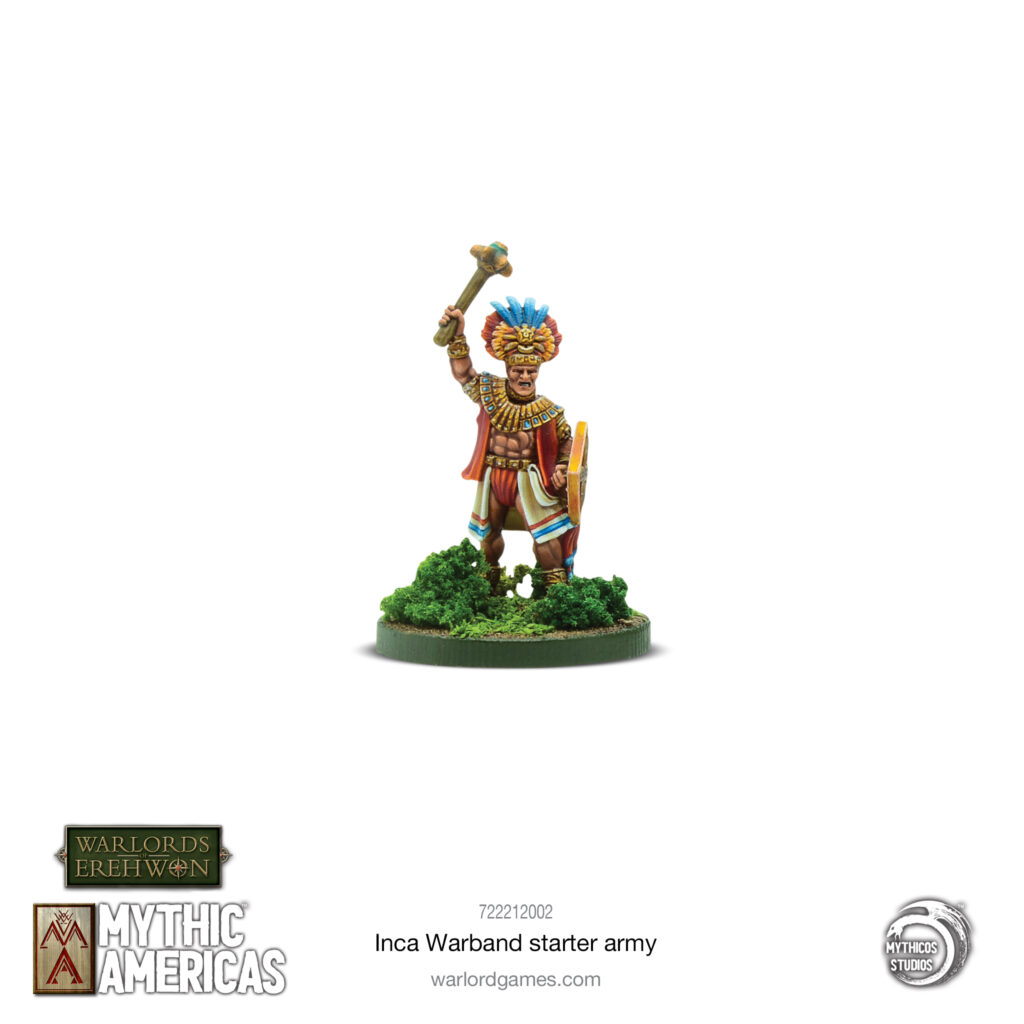
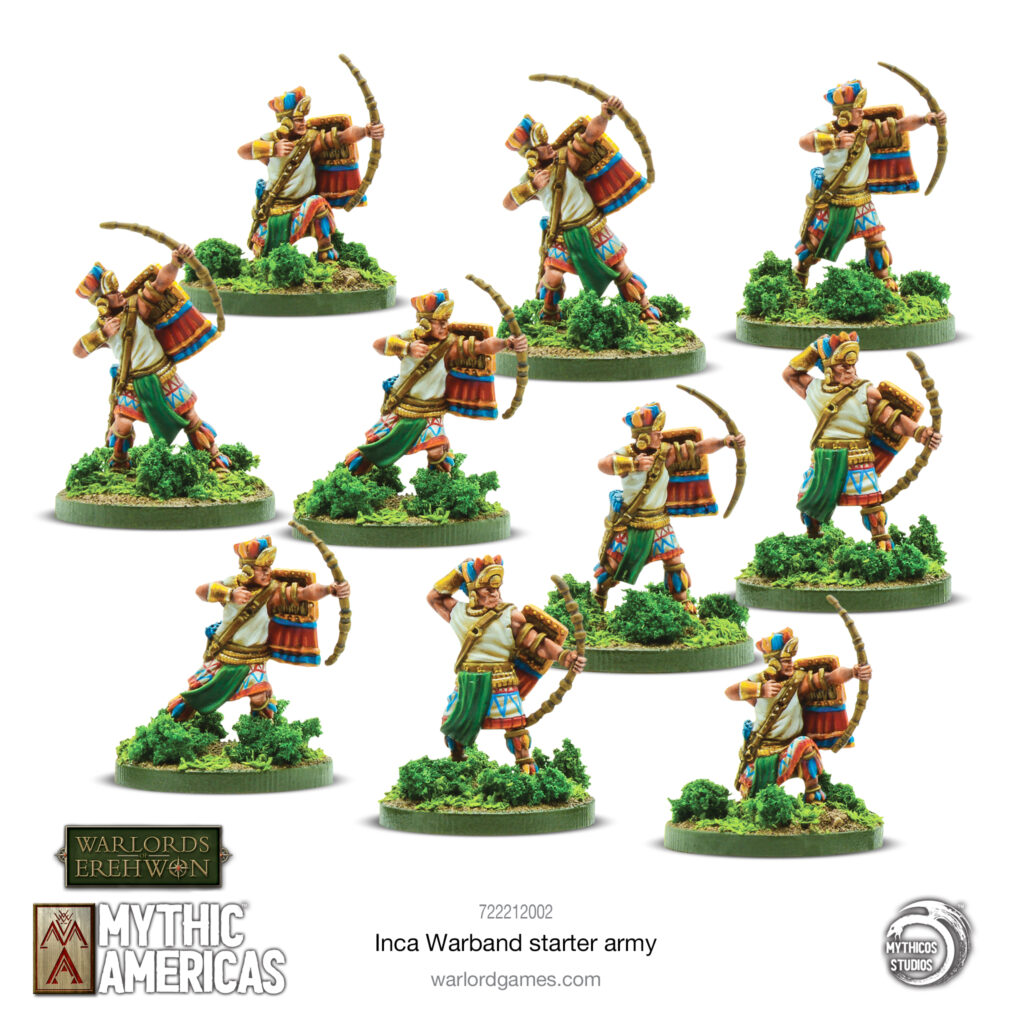
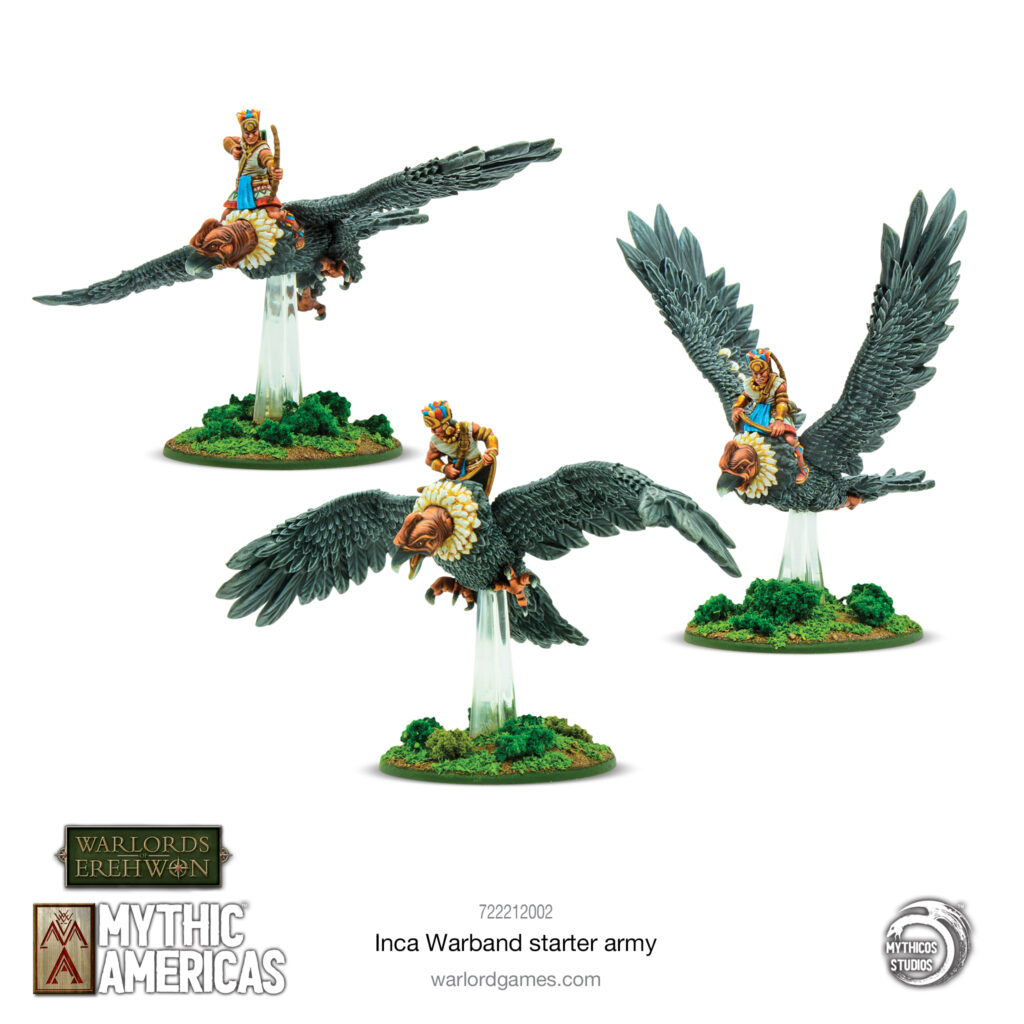
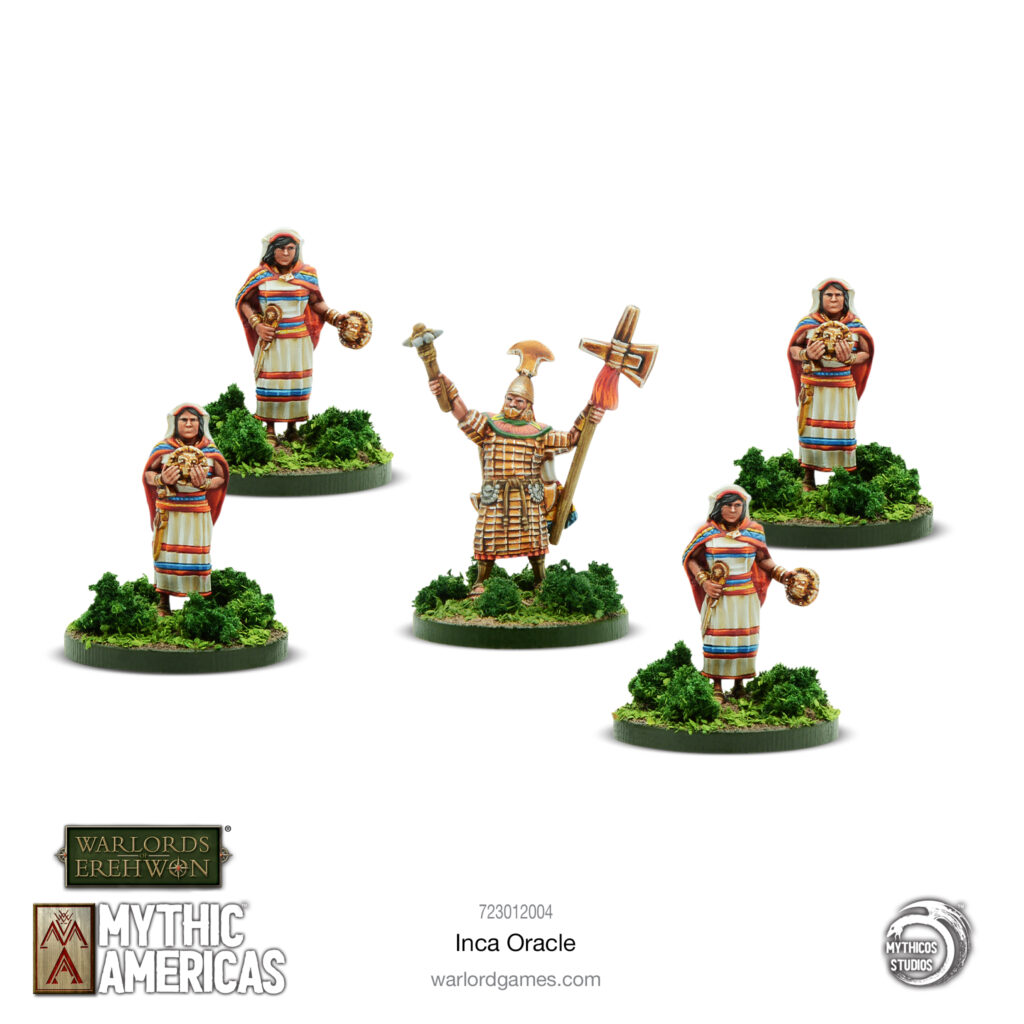
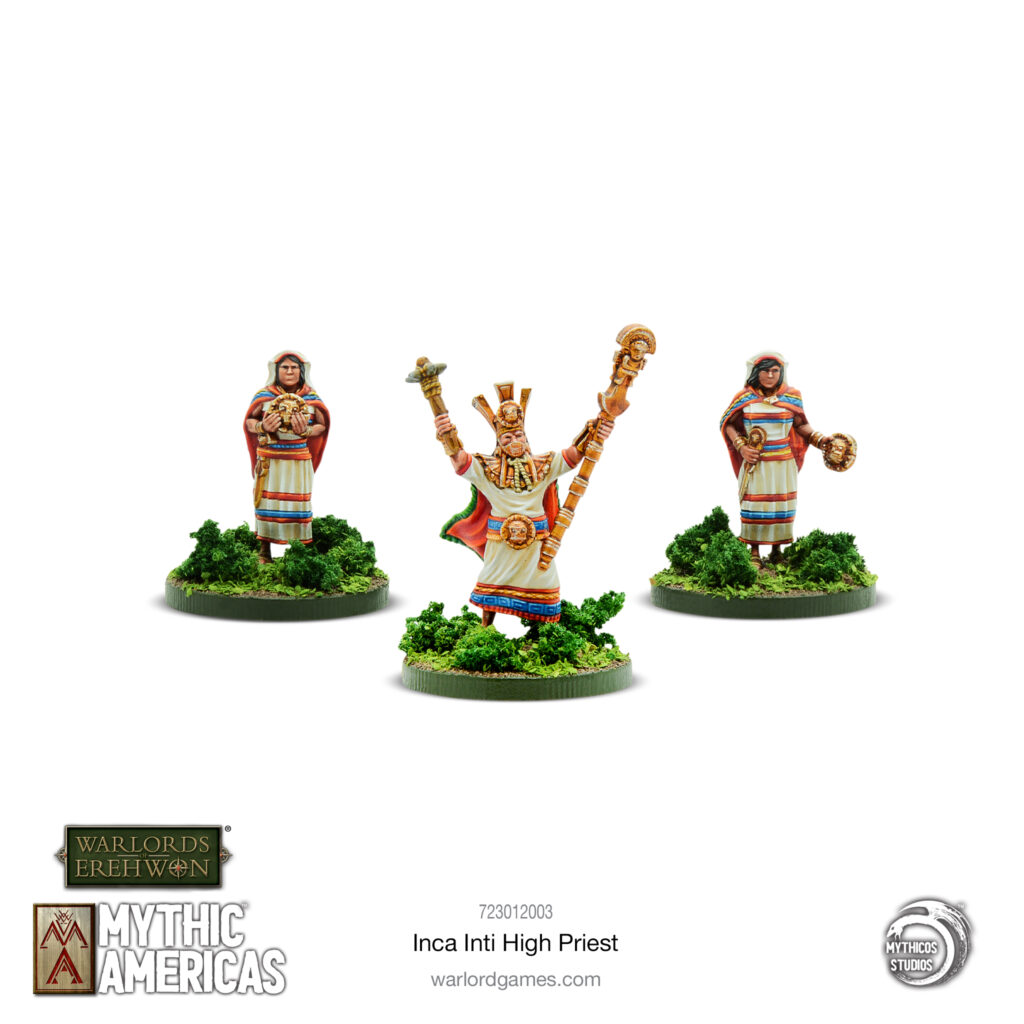
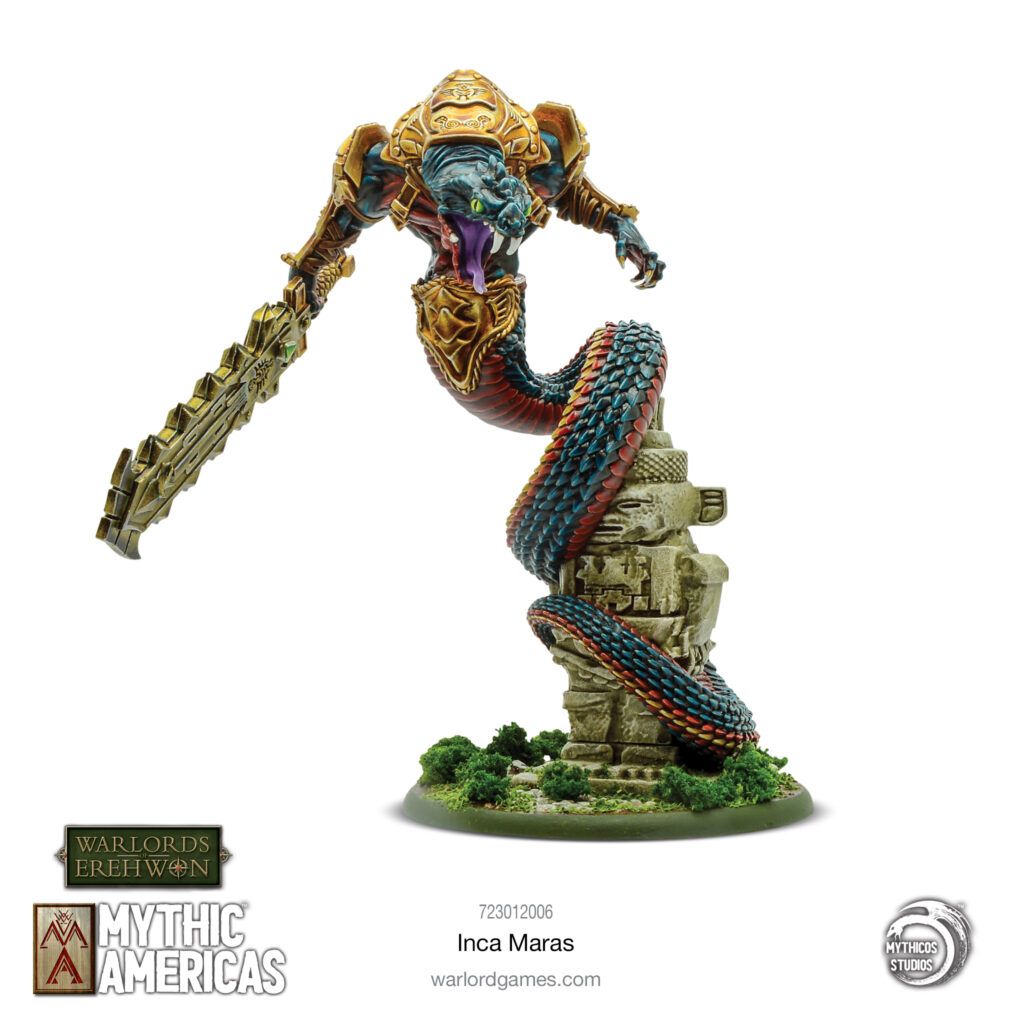
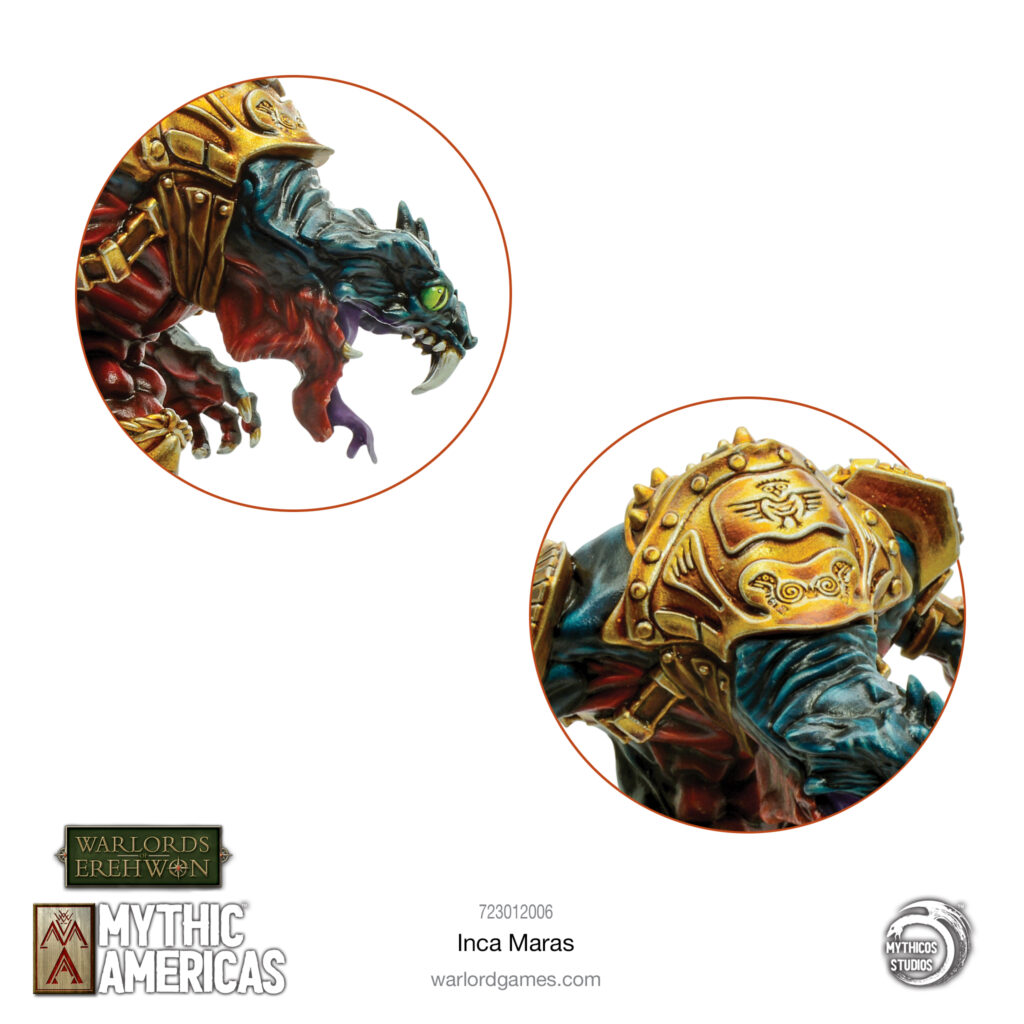
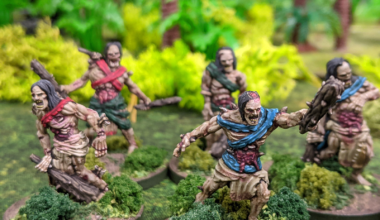
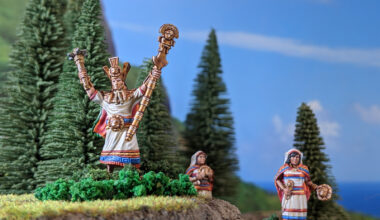
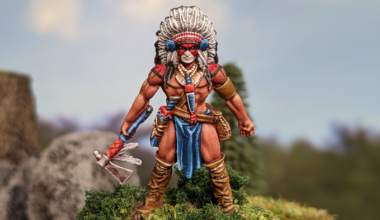
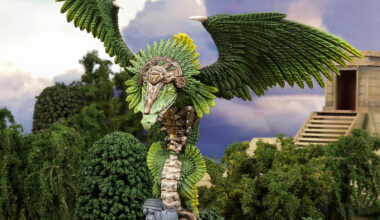
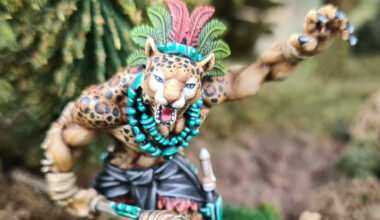
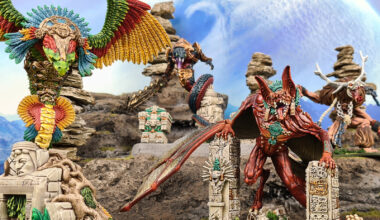
1 comment
Great article Dan
Comments are closed.